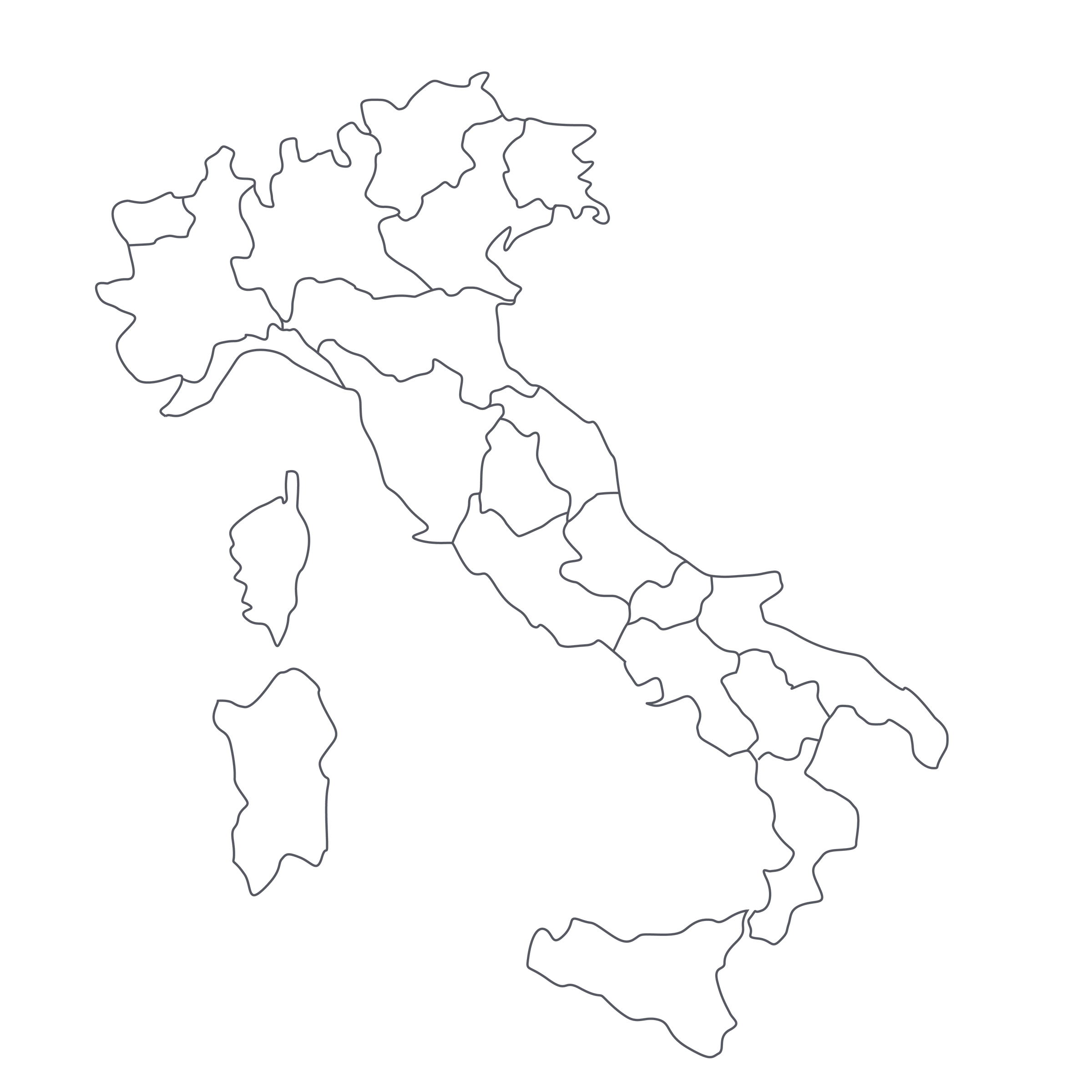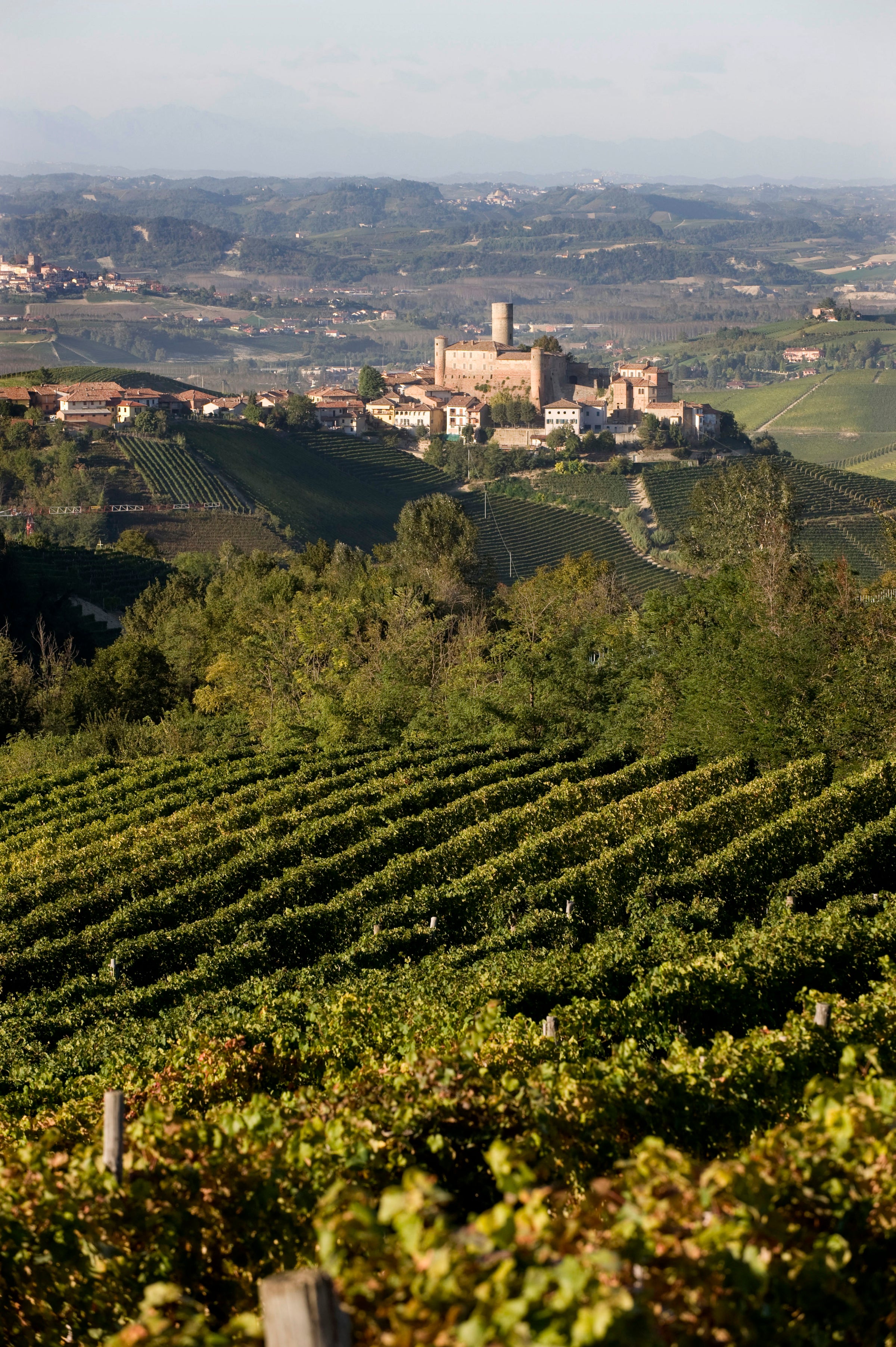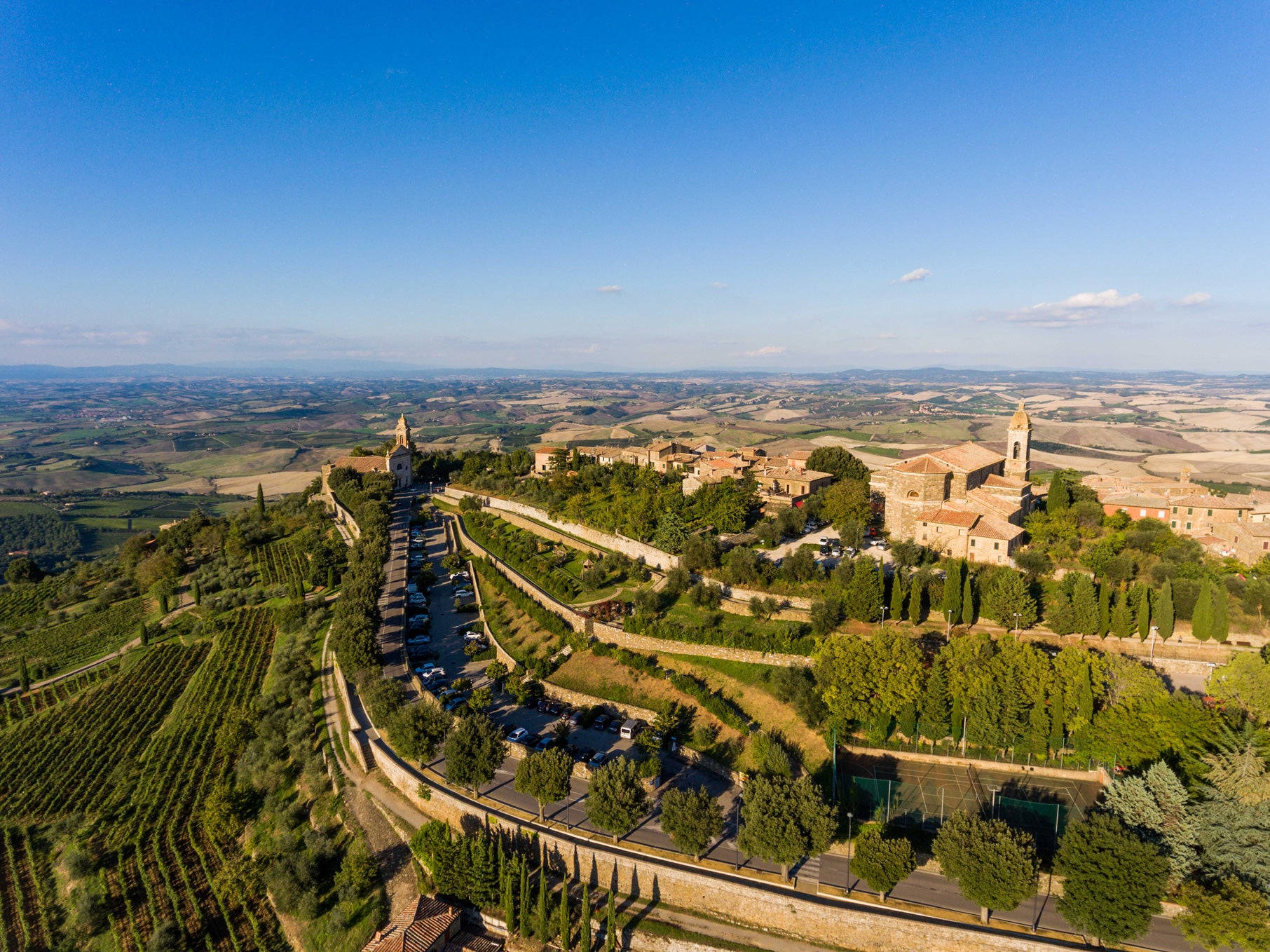Given what a great companion Barbera is to Nebbiolo—blunting the latter’s tannins and adding a pleasing dollop of cherry fruit—it’s no surprise that it partners well with Freisa, which has a genetic relationship to Nebbiolo (it may in fact be Nebbiolo’s “parent” variety). Although “Lanöt” contains a larger percentage of Barbera, Freisa’s irrepressible aromatic character shines through, especially as the wine matures. As many experts have noted, mature Freisa wines often bear a strong resemblance to Nebbiolo, with lots of brambly red fruit, rose petal, and underbrush notes. At this point in its life, the ’16 “Lanöt” tastes like a Barbersco from a ripe, generous vintage—easier to drink at this age than most Barbaresco but with a similar level of aromatic complexity and earthy savor to complement the fruit.
The Lano family is a tight-knit crew, with Gianluigi working side-by-side with his wife, Daniela, and their son, Samuele. Their vines are old, with most parcels ranging from 30 to 50 years of age, but the Lano “brand” is relatively young: only in 1993 did Gianluigi stop selling his fruit to others and begin bottling wines under his own label. The Barbera (70%) and Freisa (30%) for this wine was sourced from their vineyards in the Barbaresco DOCG, fermented on native yeasts in concrete tanks, and aged in Slavonian oak botti for two years—the same regimen as Barbaresco.
Really, everything Lano produces is meant to be vin de garde (wine to age), but rare is the occasion when you can acquire one so cheaply. This 2019 is in a beautiful place right now, with some secondary aromatic notes (leather, spice) creeping into the picture, but there’s still more evolution ahead of it. In the glass, it’s a deep garnet red moving to a pink rim, with a jumble of black and red fruits jostling for air time: black raspberry, wild strawberry, and Damson plum notes are interwoven with the smoky minerality and rose-petal florals that make Piedmontese reds wine so inimitable. Decant it 30 minutes before serving at 60 degrees in Burgundy stems and prepare to be blown away: All the earthy complexity of a good Barbaresco is there, with less tannin, alcohol, and oak clouding the picture. Pair it with some grilled lamb loins rubbed with some warm spices (as in the attached recipe) and let the good times roll. Cheers!









